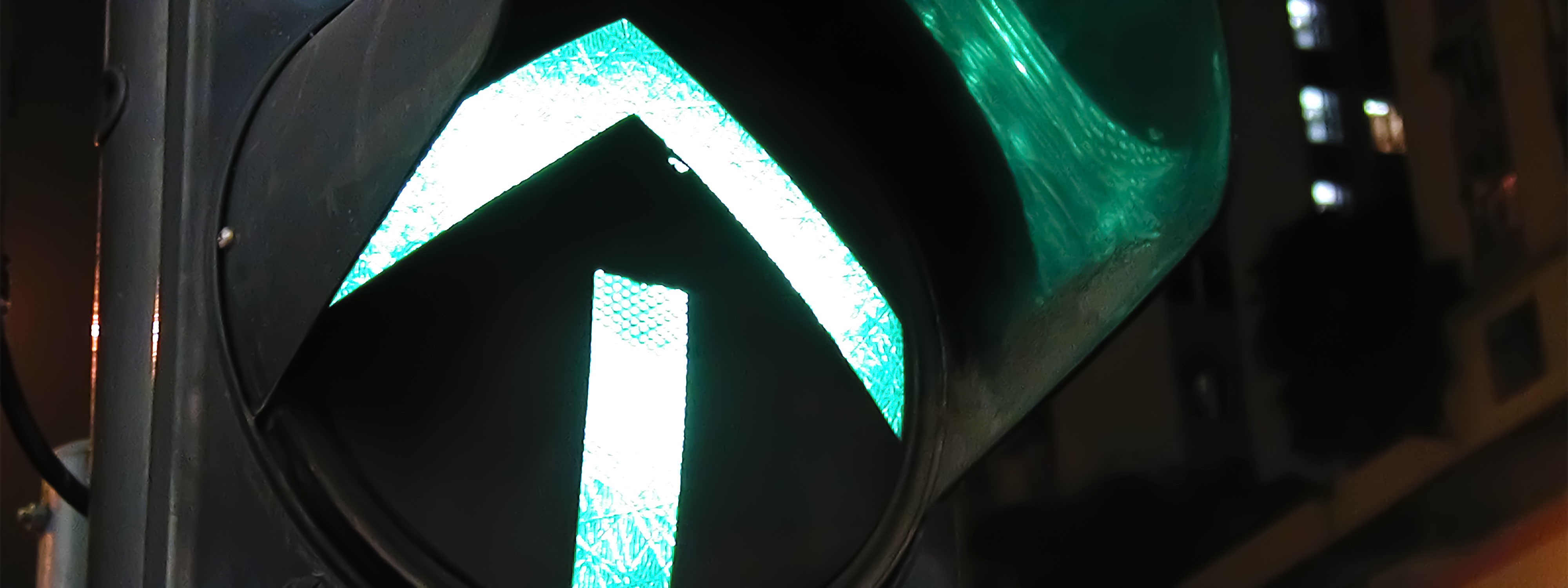
Federal Circuit Denies Rehearing of Decision Finding the Appointment of PTAB Judges Unconstitutional
4 min read
On March 23, 2020, the Court of Appeals for the Federal Circuit ("CAFC") issued a per curiam order denying all filed petitions for rehearing en banc and panel rehearing in Arthrex, Inc. v. Smith & Nephew, Inc. No. 18-2140 (Fed. Cir. Mar. 23, 2020) (per curiam). The CAFC let stand the October 31, 2019 panel decision, which held that the appointment of Administrative Patent Judges ("APJs") to the Patent Trial and Appeal Board ("PTAB") violates the Appointments Clause of the US Constitution. The panel decision held that severing APJ removal protections of 5 U.S.C. § 7513 would properly rectify the Appointments Clause violation. Judges Moore and O'Malley each wrote concurring opinions, followed by three separate dissenting opinions written by Judges Hughes, Dyk, and Wallach.
The CAFC panel in Arthrex held that the appointment structure for the PTAB's APJs was a violation of the Appointments Clause of the US Constitution. The panel concluded that APJs were principal officers, but were not properly appointed by Presidential nomination with the advice and consent of the Senate. The panel decision remedied the constitutional defect by severing the Title 5 removal protections for APJs. We discussed the Arthrex panel decision in a previous client alert on November 4, 2019. See https://www.whitecase.com/publications/alert/federal-circuit-rules-appointment-ptab-judges-unconstitutional-ipr-appellants.
Following the CAFC's decision, the appellant, the appellees, and the United States as intervenor filed petitions for panel rehearing and rehearing en banc. Appellant Arthrex's petition sought to invalidate the statute governing inter partes review, while appellee Smith & Nephew argued that APJs are inferior officers and were properly appointed. The United States argued that the CAFC's decision was ill-advised because Arthrex had forfeited the right to raise the constitutional challenge in the first place.
Concurring Opinions: Judges Moore and O'Malley
Judge Moore wrote the main concurring opinion for the majority, joined by Judges O'Malley, Reyna, and Chen. According to Judge Moore, the panel's decision "followed the Supreme Court precedent to conclude that the administrative patent judges (APJs) of the USPTO's Patent Trial and Appeal Board were improperly appointed principal officers" and properly cured the constitutional question by "severing a portion of the statute" restricting removal of APJs. Slip op. at 1. Granting the petitions for rehearing en banc "would only create unnecessary uncertainty and disruption" and would have "unraveled an effective cure" according to Judge Moore. Slip op. at 2, 7. Judge Moore concluded by noting that if the CAFC's decision is not in line with congressional intent, "Congress can legislate to restore the removal protections and adopt a different curative mechanism." Slip op. at 9.
The remaining concurring opinion, written by Judge O'Malley and joined by Judges Moore and Reyna, specifically addressed Judge Dyk's dissent regarding whether the curative severance retroactively renders all prior APJ decisions constitutional. Judge O'Malley argued that the CAFC's decision to sever the statute "does not remedy any past harm" and that severance is "only meaningful prospectively, once severance has occurred." Slip op. at 16.
Dissenting Opinions: Judges Dyk, Hughes, and Wallace
Judge Dyk dissented from the denial of rehearing, joined by Judges Newman and Wallach. Judge Dyk argued that the CAFC's curative severance goes against Supreme Court precedent because it renders the remaining statute counter to congressional intent. Slip op. at 21. Judge Dyk also argued that even if Arthrex's remedy was proper, it would obviate the need for a remand for a new hearing before a new panel because "APJs will be retroactively properly appointed by the Secretary of Commerce and their prior decisions will not be rendered invalid." Slip op. at 23–24.
Judge Hughes, joined by Judge Wallach, wrote a separate dissent. Judge Hughes questioned whether the CAFC's decision properly found APJs are principal officers where the Director exercised "significant control over the activities of the Patent Trial and Appeal Board and Administrative Patent Judges." Slip op. 45. The final dissenting opinion by Judge Wallach similarly disagreed with the merits of the panel decision, noting that the Director carried "significant control over the APJs," which rendered them inferior officers. Slip op. at 59–60.
Implications
With the CAFC's refusal to review the panel decision in Arthrex, the parties' final recourse is to petition for certiorari to the U.S. Supreme Court. In the meantime, the CAFC will likely deny any remaining petitions for rehearing filed in appeals vacated and remanded under Arthrex. As a footnote in the per curiam opinion points out, the universe of cases that could be vacated and remanded pursuant to the Arthrex panel decision is 81. It is likely that these cases will move forward on remand in the PTAB unless the Supreme Court grants certiorari or Congress acts.
This publication is provided for your convenience and does not constitute legal advice. This publication is protected by copyright.
© 2020 White & Case LLP


